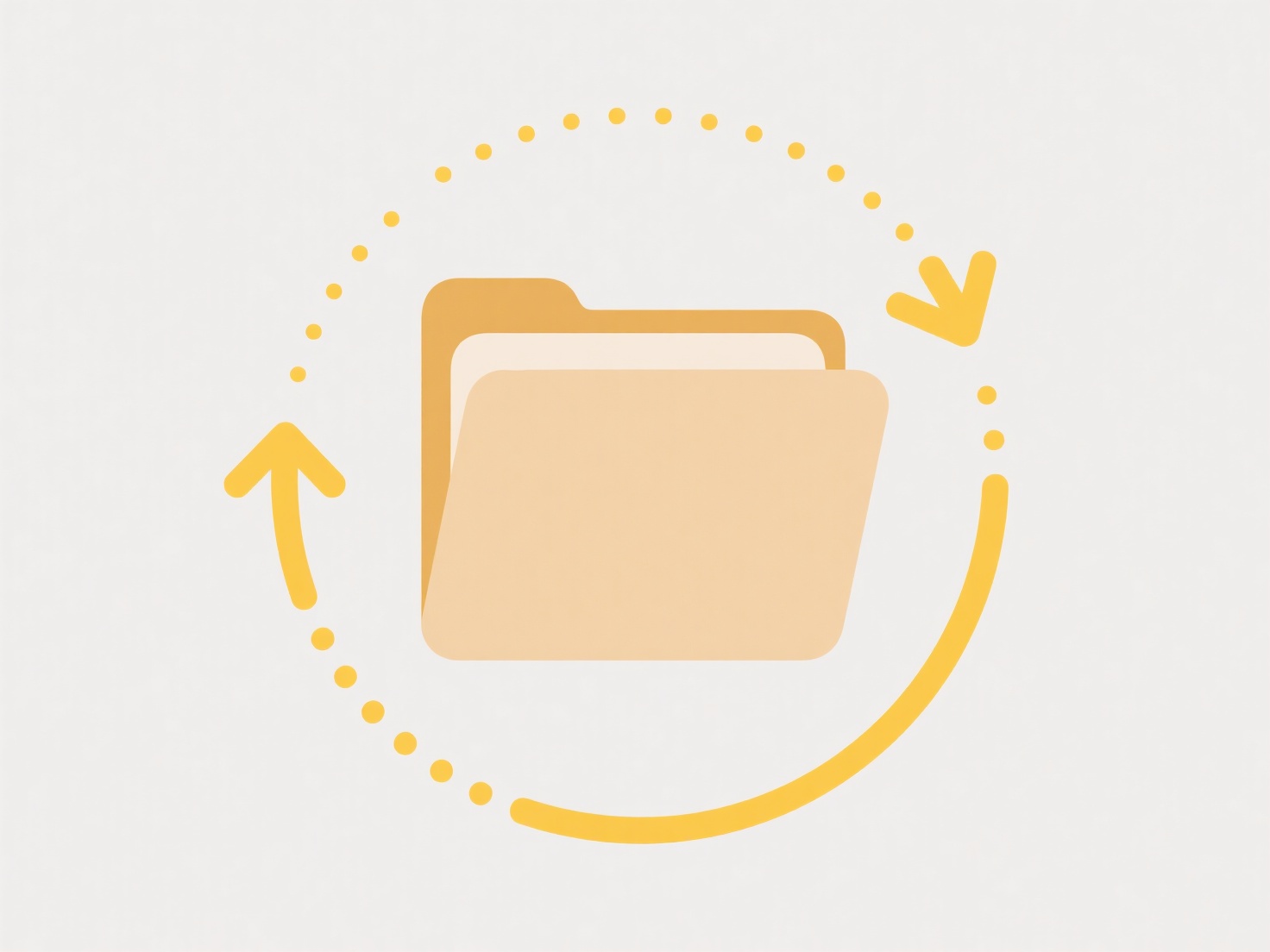
Video playback issues on TVs commonly stem from incompatibilities between the file format, codec, and the TV's supported specifications. TVs require specific combinations of file types (containers like MP4, MKV) and video/audio encoding standards (codecs like H.264, HEVC, AAC) to decode and display content. Unlike computers, TVs have fixed hardware decoders; if the file uses an unsupported codec, a newer format like AV1, or exceeds the TV's resolution/bitrate limits, playback will fail.

For instance, trying to play a high-bitrate 4K HEVC file downloaded from a specialist camera on an older TV lacking HEVC hardware support will cause errors. Similarly, MKV files with advanced DTS audio might play video silently on TVs only supporting basic Dolby Digital or AAC audio. Users often encounter this with files converted using free software with unusual settings or directly from digital cinema cameras.
The main limitation is TV decoder hardware's inability to evolve like software players. While future TVs might support more formats via updates or new models, current solutions involve re-encoding files using free tools like Handbrake (to standard H.264/AAC) or using an external media player device connected via HDMI that supports broader formats, ensuring compatibility and preserving TV functionality.
Why won’t my video file play on my TV?
Video playback issues on TVs commonly stem from incompatibilities between the file format, codec, and the TV's supported specifications. TVs require specific combinations of file types (containers like MP4, MKV) and video/audio encoding standards (codecs like H.264, HEVC, AAC) to decode and display content. Unlike computers, TVs have fixed hardware decoders; if the file uses an unsupported codec, a newer format like AV1, or exceeds the TV's resolution/bitrate limits, playback will fail.

For instance, trying to play a high-bitrate 4K HEVC file downloaded from a specialist camera on an older TV lacking HEVC hardware support will cause errors. Similarly, MKV files with advanced DTS audio might play video silently on TVs only supporting basic Dolby Digital or AAC audio. Users often encounter this with files converted using free software with unusual settings or directly from digital cinema cameras.
The main limitation is TV decoder hardware's inability to evolve like software players. While future TVs might support more formats via updates or new models, current solutions involve re-encoding files using free tools like Handbrake (to standard H.264/AAC) or using an external media player device connected via HDMI that supports broader formats, ensuring compatibility and preserving TV functionality.
Quick Article Links
How can I save different versions of the same file?
Saving different versions of the same file involves creating and managing multiple iterations of that file, allowing you...
How do I rename files based on EXIF data or metadata?
Renaming files based on EXIF or metadata means automatically changing filenames using specific information embedded with...
How to organize screenshots, memes, and miscellaneous images separately?
How to organize screenshots, memes, and miscellaneous images separately? Organizing visual media like screenshots, mem...